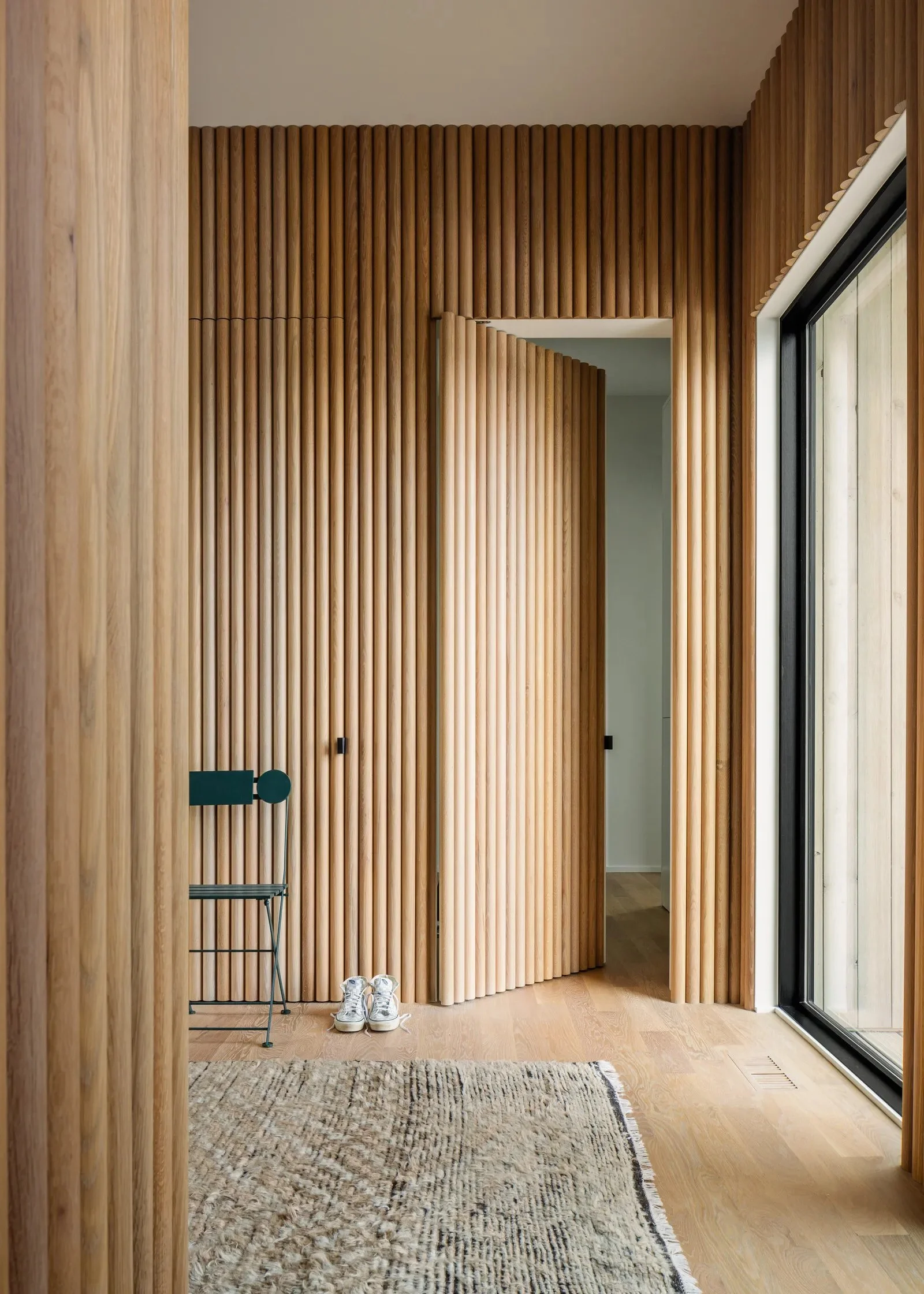Hidden Door Ideas: Creative Ways to Add Secret Spaces to Your Home
There’s something undeniably magical about a hidden door. Maybe it’s the mystery of what’s behind it—or the simple satisfaction of a design element that feels like a secret. From disguised bookshelves to paneled walls that swing open with a gentle push, hidden doors are one of those design details that spark pure delight.
Whether you’re designing a new space or updating an existing one, hidden doors can be both beautiful and functional. They offer creative ways to conceal storage, connect rooms, or add architectural interest without breaking the visual flow of a space.
Why Hidden Doors Work So Well in Interior Design
Hidden doors blur the line between architecture and storytelling. They can:
Maintain clean sightlines by concealing secondary rooms or closets.
Add a sense of intrigue—a playful nod to old-world charm and craftsmanship.
Maximize function by hiding pantries, laundry areas, or utility spaces behind beautifully detailed panels.
Designers love them because they turn an ordinary wall into something layered and unexpected.
Popular Hidden Door Ideas
Bookcase Doors – The classic choice! A swing-out or pivot bookcase can disguise a study, wine cellar, or secret library nook.
Flush Panel Doors – When the door is built from the same millwork or wall paneling, it almost disappears entirely.
Mirror or Art Doors – A large mirror or framed artwork can conceal a room behind it, perfect for small spaces.
Wardrobe Doors (à la Narnia) – A dramatic way to enter a closet or private retreat.
Hidden Passageways – For the dreamers and collectors—perfect for connecting rooms or creating a kids’ hideaway.
Where to Use Them
Hidden doors work beautifully in:
Hallways and mudrooms (to hide storage or laundry)
Bedrooms (concealing closets or bathrooms)
Living rooms (integrated into built-in cabinetry or wainscoting)
Home offices (for a secret workspace or reading room)
Design Tip:
The best hidden doors blend seamlessly with their surroundings. Match the material, color, and trim to the adjacent wall or cabinetry. Hardware can be discreet or invisible—magnetic catches and touch latches keep the illusion intact.












